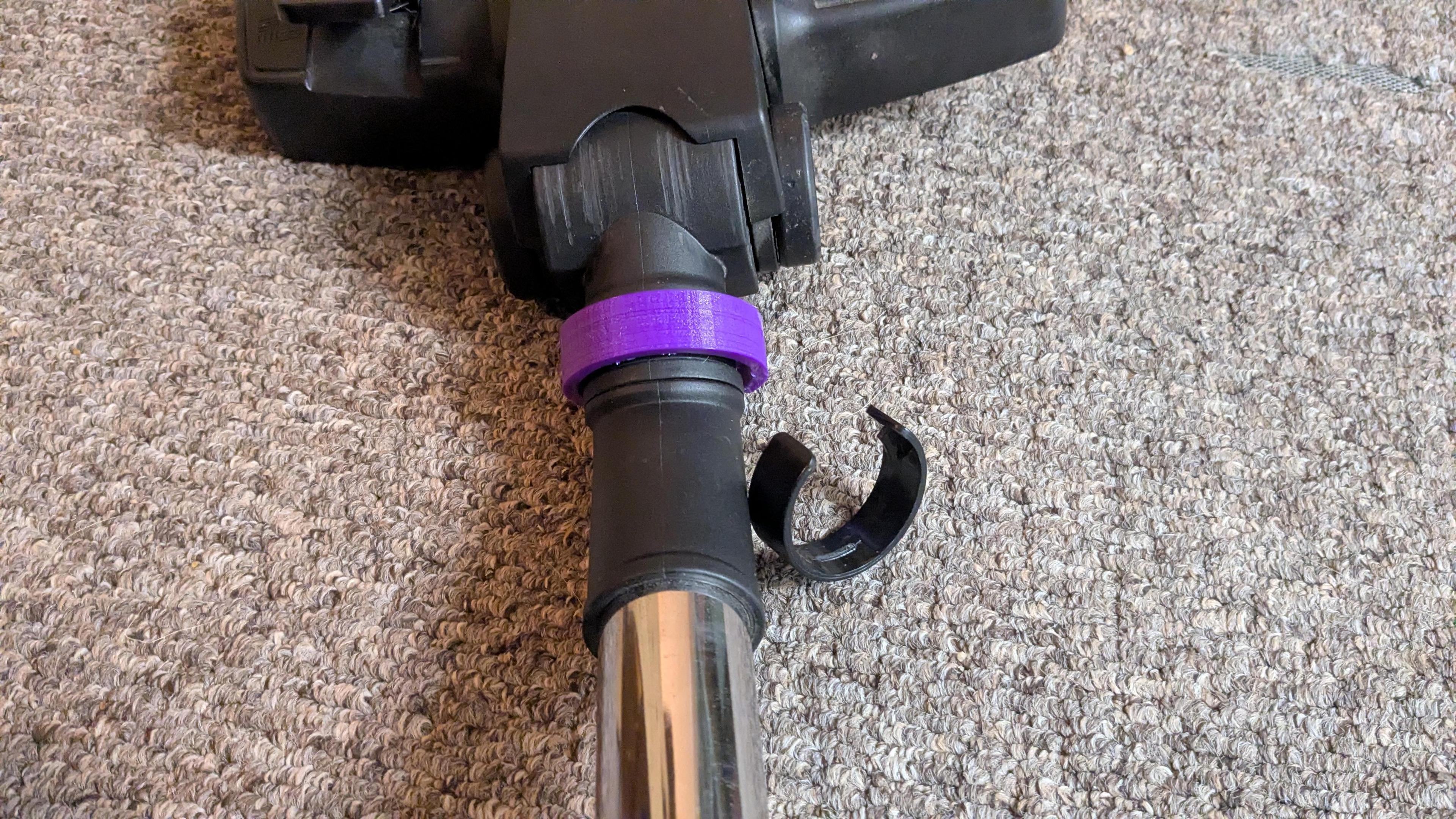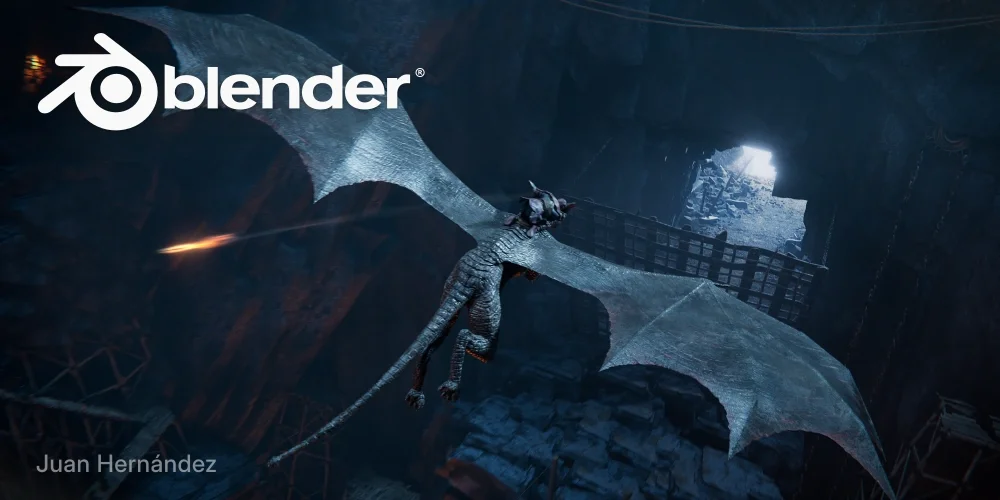Raising another $130 will give me enough for a green screen system to ease replacing backgrounds with #vfx elements, since I'm creating a near-future #scifi set in a world without capitalism, governments, or politicians. Help me make this film. Boost or donate!
122/750
Details https://www.dilmandila.com/donate/wind-a-solarpunk-short-film
#solarpunk #mutualaid #creativetoots #kickstarter #crowdfund #art #BuyIntoArt #sff #film #crowdfunding #climate #artforsale #fedigiftshop #b3d #blender #writing #writingcommunity @mutual_aid

 Blender 5.0 Released with a UI Overhaul, Smarter Nodes, and HDR Support //
Blender 5.0 Released with a UI Overhaul, Smarter Nodes, and HDR Support // 

